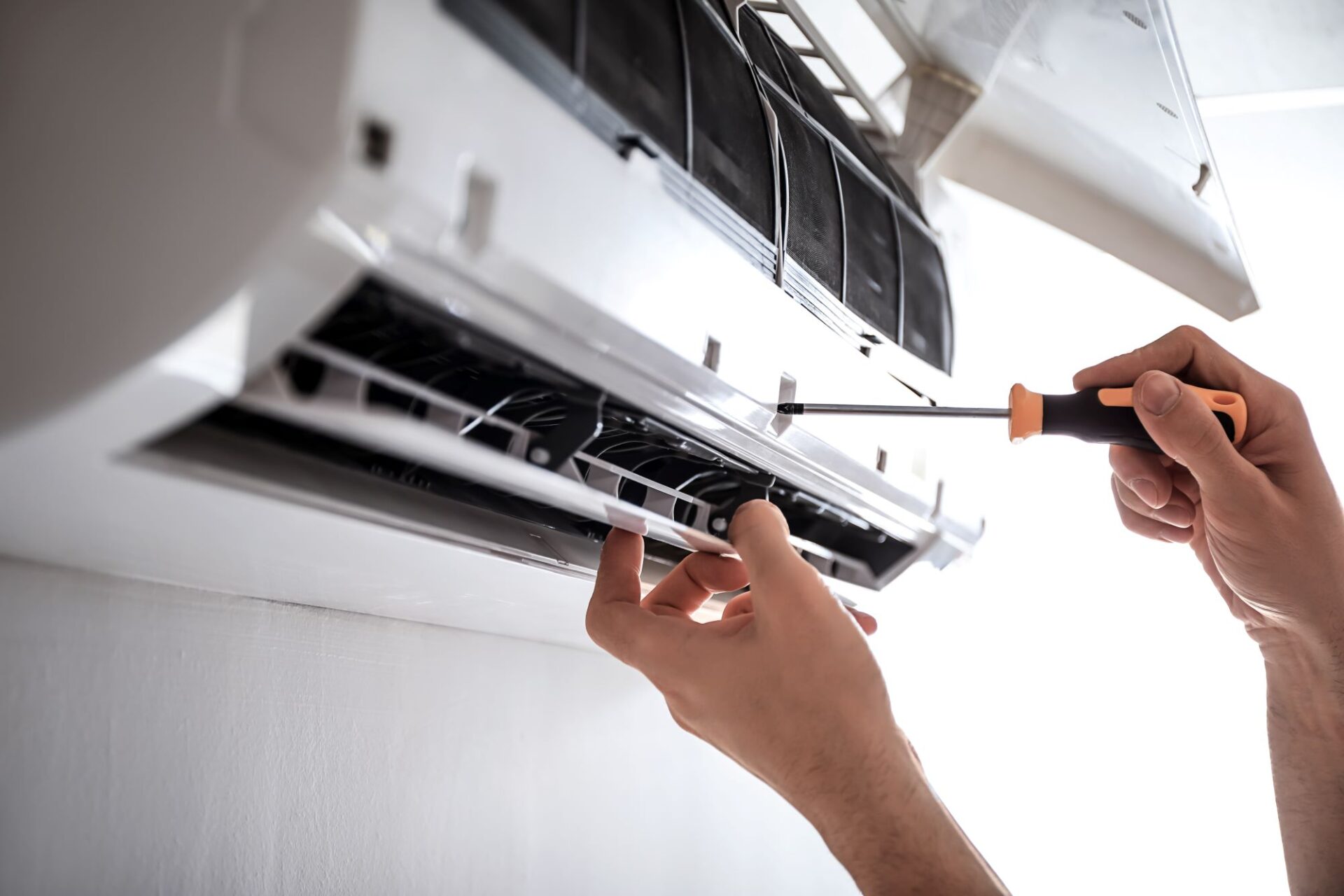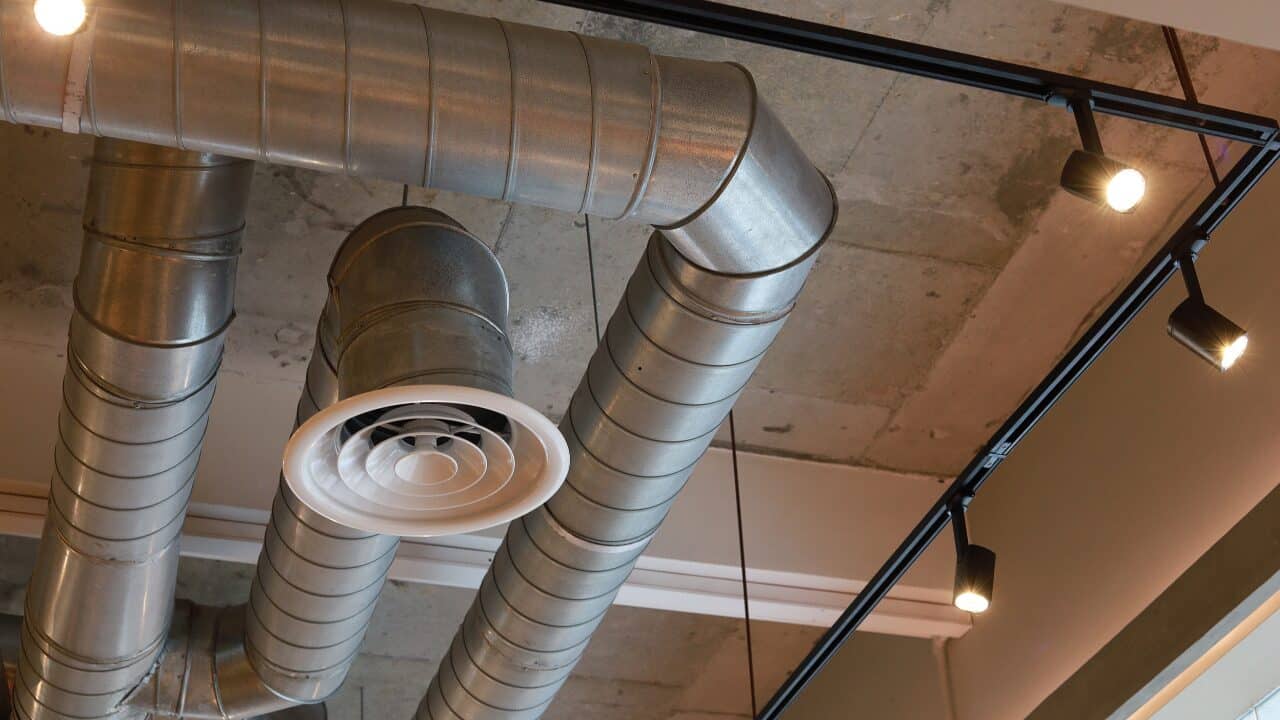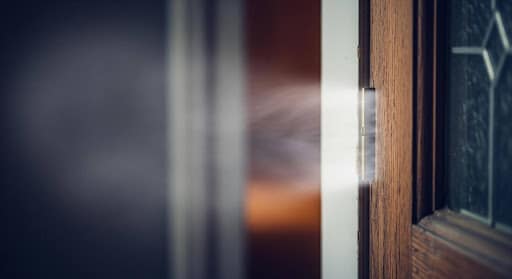When the summer heat rolls across Brisbane North, keeping your home cool isn’t just about comfort — it’s about creating a livable space where you can work, rest, and enjoy time with your family. Anyone who’s experienced a muggy Brisbane afternoon without air conditioning knows just how exhausting it can be. That’s why getting a new system installed is one of the best home improvements you can make.
But here’s the thing: a great air conditioner is only half the story. The installation process plays a huge role in how well your system will perform and how long it will last. A poor installation can undo all the benefits of a top-quality unit, leaving you with uneven cooling, high power bills, and ongoing frustration.
Table of Contents
Why the Right Installation Matters
Buying an air conditioning unit is an investment, but that investment won’t pay off unless it’s installed correctly. Proper installation isn’t just about placing a unit in the room and plugging it in. It requires an understanding of your home’s layout, insulation, sun exposure, and airflow patterns.
Professional AC installation Brisbane North ensures that every detail is considered — from the size of the unit to the placement of vents and the routing of ductwork. Even a small oversight, like positioning the indoor unit where sunlight hits it directly, can make your system work harder than necessary.
Split System vs. Ducted: Understanding Your Options
One of the biggest decisions you’ll make is whether to choose a split system or a ducted air conditioning system. Each has its pros and cons, and the right choice depends on your needs, budget, and home design.
- Split Systems: Ideal for cooling one room or a specific area. They’re generally more affordable, faster to install, and easier to maintain. Perfect for apartments, home offices, or single living spaces.
- Ducted Systems: Designed for whole-home comfort, with vents in the ceiling or floor and a central unit hidden away. They’re more expensive upfront but offer a clean look and can be zoned to cool only certain areas when needed.
If you’re unsure which is right for you, a good installer will walk you through both options, considering the size of your home, your cooling preferences, and your budget.
The Advantage of Local Knowledge
If you’re searching for airconditioning Brisbane North services, choosing a local installer is a smart move. Brisbane North has a mix of older Queenslanders, post-war homes, and newer builds — and each comes with its own cooling challenges.
Older homes might require creative ducting solutions or additional insulation. Newer homes might benefit from energy-efficient zoning systems and smart controls. A local professional will already know these challenges and be ready with tailored solutions.
Common Mistakes to Avoid
- Choosing the wrong unit size – An undersized unit will struggle to cool the space, while an oversized unit can cause short-cycling, leading to inefficiency and extra wear.
- Focusing only on upfront cost – The cheapest option might save money now but could cost more in energy bills and repairs over time.
- Ignoring maintenance – Even the best installation needs regular servicing to stay efficient.
- DIY installation attempts – Air conditioning requires electrical knowledge, refrigerant handling, and compliance with safety standards — jobs best left to licensed professionals.
Energy Efficiency: Saving Money While Staying Cool
A good installation is also about making your system as energy efficient as possible. This might mean sealing ductwork to prevent leaks, placing the outdoor unit in a shaded but well-ventilated spot, and ensuring indoor units aren’t blocked by furniture or curtains.
An energy-efficient system will cool your home faster, run less often, and cost less to operate. Over the years, those savings can add up significantly.
Another important factor in energy efficiency is choosing a system with the right energy rating for your needs. While higher-rated systems can cost more upfront, they typically consume less electricity, which can translate into significant savings over time. If you plan to use your air conditioner frequently during summer, this can make a noticeable difference on your quarterly bills.
It’s also worth asking your installer about programmable or smart thermostats. These allow you to set schedules so your air conditioning only runs when you need it — for example, cooling the house before you get home from work, rather than running all day. Over the course of a summer, these small adjustments can add up to big savings.
The placement of your indoor units plays a role too. Positioning them so they can circulate air effectively without obstructions ensures that the cool air is distributed evenly throughout the room. Poor placement can create hot and cold spots, leading you to turn the system up higher than necessary and wasting energy in the process.
Finally, consider how your home’s insulation and window coverings work with your air conditioning. Well-insulated walls and ceilings, along with good-quality blinds or curtains, can reduce the load on your system by keeping the cool air in and the heat out. Combining these measures with a professional installation means you’re not just keeping cool — you’re doing it in the most efficient, cost-effective way possible.
Planning for the Future
Installing air conditioning isn’t just about your needs today — it’s about planning for how you’ll use your home in the years to come. For example, if you’re renovating or adding rooms, you might want to choose a system that can be expanded or upgraded later.
It’s also worth considering how often you’ll use the system. If you only run it during the hottest months, you may prioritize different features than if you plan to use it year-round for both cooling and heating.
Maintenance Starts on Day One
A good installer will give you a clear maintenance plan. This might include cleaning filters every few months, scheduling professional check-ups annually, and knowing the signs that your system might need servicing — like strange noises, reduced airflow, or higher-than-usual power bills.
Keeping up with maintenance not only extends the lifespan of your unit but also ensures it continues running efficiently.
Final Thoughts
An air conditioning system is a long-term investment in your home’s comfort and value. By choosing the right unit, getting it installed properly, and planning for regular maintenance, you’ll be setting yourself up for years of cool, comfortable living.
In Brisbane North’s warm and humid climate, that’s worth every bit of time, effort, and investment. Take the time to find a trusted installer, ask the right questions, and make informed decisions — your future self will thank you when the next summer heatwave hits.





